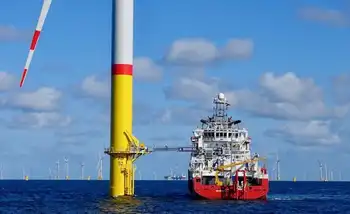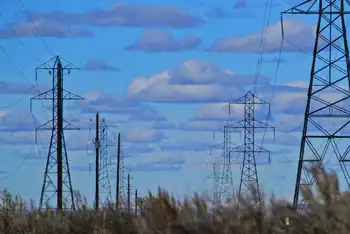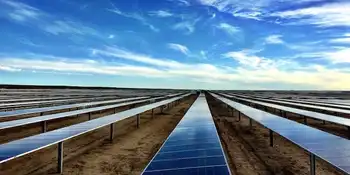City must follow gov's initiative to cut power plant pollution
ILLINOIS - Congratulations to the Illinois EPA, Gov. Blagojevich and Ameren for a plan to begin cleaning up power plants in central Illinois. Ameren, the largest Illinois power company outside Chicago, agreed to cut air pollution at their coal power plants by up to 73 percent.
Unfortunately, Chicago's largest producer of power plant pollution - Midwest Generation - continues to fight any attempt to bring its power plants up to modern standards. Every year, Chicago's biggest smokestacks spew 17,000 tons of toxins with no end in sight.
Power plant emissions are dangerous and deadly. They produce ozone smog and deadly particle pollution, causing thousands of asthma attacks, emergency room visits and hospitalizations as well as hundreds of deaths annually in metropolitan Chicago every single year.
Fisk, originally built in 1903, and Crawford, built in the 1920s, still lack the basic pollution controls required on newer plants. Perhaps the company is so focused on profits that it simply does not care about protecting the health of Chicago residents, especially those in the Pilsen and Little Village neighborhoods surrounding the plants.
We need city leaders to launch an initiative similar to the one conducted by Blagojevich. Cleaning up Midwest Generation's plants could save hundreds of lives and reduce the effects of asthma in our communities.
Related News

Growing pot sucks up electricity and pumps out an astounding amount of carbon dioxide — it doesn't have to
VANCOUVER - In the seven months since the Trudeau government legalized recreational marijuana use, licensed producers across the country have been locked in a frenetic race to grow mass quantities of cannabis for the new market.
But amid the rush for scale, questions of sustainability have often taken a back seat.
According to EQ Research LLC, a U.S.-based clean-energy consulting firm, cannabis facilities can need up to 150 kilowatt-hours of electricity per year per square foot. Such input is on par with data centres, which are themselves 50 to 200 times more energy-intensive than a typical office building.
At the Lawrence Berkley National…




